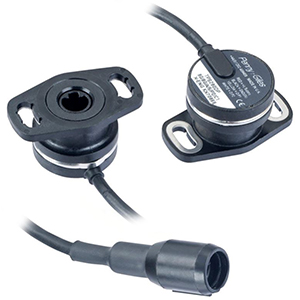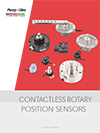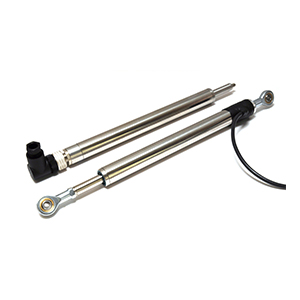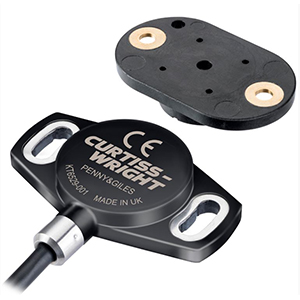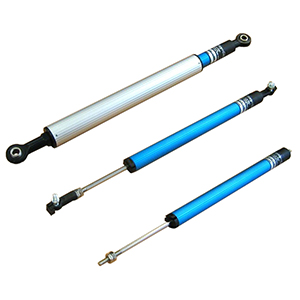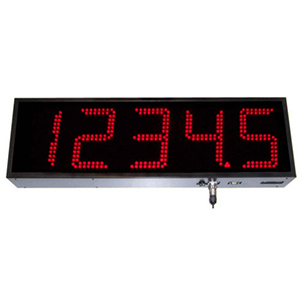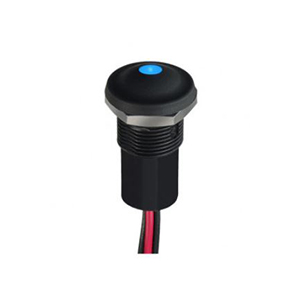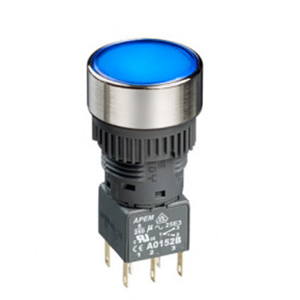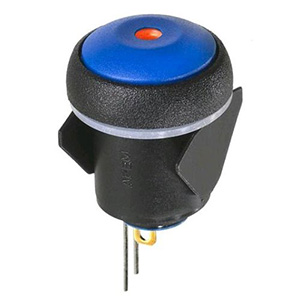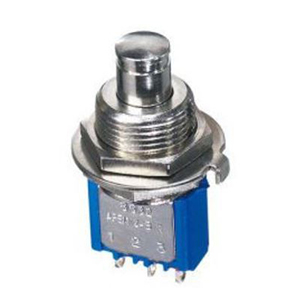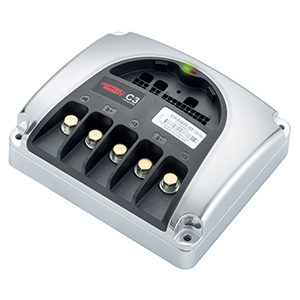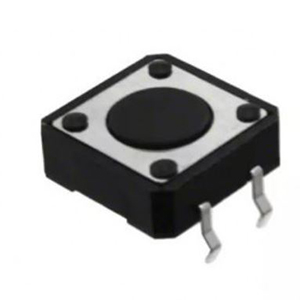Description
Penny & Giles TPS280DP Contactless Throttle position sensor with dual output, otherwise known as TPS, are designed to track the throttle position of a vehicle. This sensor is able to closely monitor the throttle as it is typically directly positioned on the butterfly spindle, or shaft, of the vehicle.
A variant of the popular, contactless rotary throttle positioning sensor range, this dual output throttle position sensor uses a factory programmable non-contact, Hall-effect sensor system.
Features of the TPS280DP Contactless Throttle Position Sensor with Dual Output:
- Electrically interchangeable with potentiometers
- More than 9x the life of a potentiometer
- Extremely low signal noise, for the life of the sensor
- Will operate from -40 to +140°C, with excursions to +170°C
- Sealed to withstand high pressure wash-downs (IP69K)
- Mechanically interchangeable with potentiometers on 32mm mountings
- Standard output is dual channel
- Configurable output direction, for left or right fitment
- Measurement range from 20 to 360° in 1° increments
- 12-bit resolution (0.025%) over the angular range
- Analogue (0.5 – 4.5 or 0.1 – 4.9Vdc) or PWM outputs
The TPS280DP contactless throttle position sensor is designed as the modern alternative throttle positioning sensor (TPS) to rotary potentiometers fitted on high-performance race car and motorcycle induction systems.
Replacing a potentiometer with the TPS280DP will eliminate premature failure due to electrical noise – caused by potentiometer wear. TPS280DP is life tested to 30-million cycles (60 million operations), more than NINE TIMES that of a potentiometer in this application.
TPS280DP is mechanically interchangeable with most existing throttle position sensors using 32mm mounting centres and is designed to interface with most common throttle body D-type spindles. The sensor has a choice of 200 or 500mm cable lengths, with or without an MSS4P Mini Sure-Seal connector fitted to the FDR-25 sheathed spec 55A cable. With sealing to IP69K, it is also able to withstand high pressure wash-downs.
The TPS280DP operates from 5Vdc (and 9-30Vdc) and is factory programmed to allow a wide range of configurations.
Electrical
Measurement range: 20 to 360 in 1° increments
Supply voltage Vdc: 9 to 30 (unregulated) and 5 ±0.5 (regulated)
Over voltage protection Vdc: Up to 40 (-40 to +60°C)
Maximum supply current mA: <25
Reverse polarity protection: Yes
Short circuit protection:
Output to GND: Yes
Output to supply: In 5V regulated mode only
Power-on settlement time S:<1
Resolution: % 0.025 of measurement range (12 bit)
Non-linearity:* % <±0.4
Temperature coefficient ppm/°C <±30 in 5V supply mode: <±90 in 9-30V supply mode
*Non-linearity is measured using the Least-Squares method on a computerised calibration system
Options
Measurement range (angle): Select from 20° to 360° in 1° increments (factory programmed) for each output channel
Output: Analogue voltage (An) or PWM (Pn)
Output direction: Both clockwise, both anticlockwise or one CW, one ACW
Cable length: m 0.2 or 0.5
Connector: Not fitted (C0) or Mini Sure Seal MSS4R fitted (C1)
OEM options: Outputs can be programmed to provide: non linear laws; switch outputs; clamp voltages; different output phasing CH1/CH2; faster input/output delay; extended analogue range; and output mapping for potentiometer replacements.
The Penny & Giles product range comprises a broad selection of joysticks, sensors and solenoids for use on commercial vehicles and industrial equipment.
The products are the legacy of the Penny & Giles company founded in 1956 and acquired by Curtiss Wright in 2002.
The present-day product range includes: linear and rotary position sensors; LVDT and RVDT transducers; joysticks; studio faders; digital panel meters; and solenoid actuators for a wide range of industrial motion control applications.
Their joystick controls are suitable for commercial vehicle applications for both on- and off-highway use. These include construction and agricultural vehicles, material handling and other specialty vehicles. They are also suitable for use with industrial equipment such as robotics. Their finger-operated joystick controllers are designed for the smooth, precise control of critical functions in a variety of industrial applications where a Human-Machine Interface (HMI) is required. They also have rugged joystick controllers are designed for the more demanding installations found within operator cabs for off-highway vehicles. A wide range of linear position sensors, tilt sensors, rotary sensors, linear displacement transducers and linear potentiometers that offer distinct advantages in reliability, stability and compactness.

